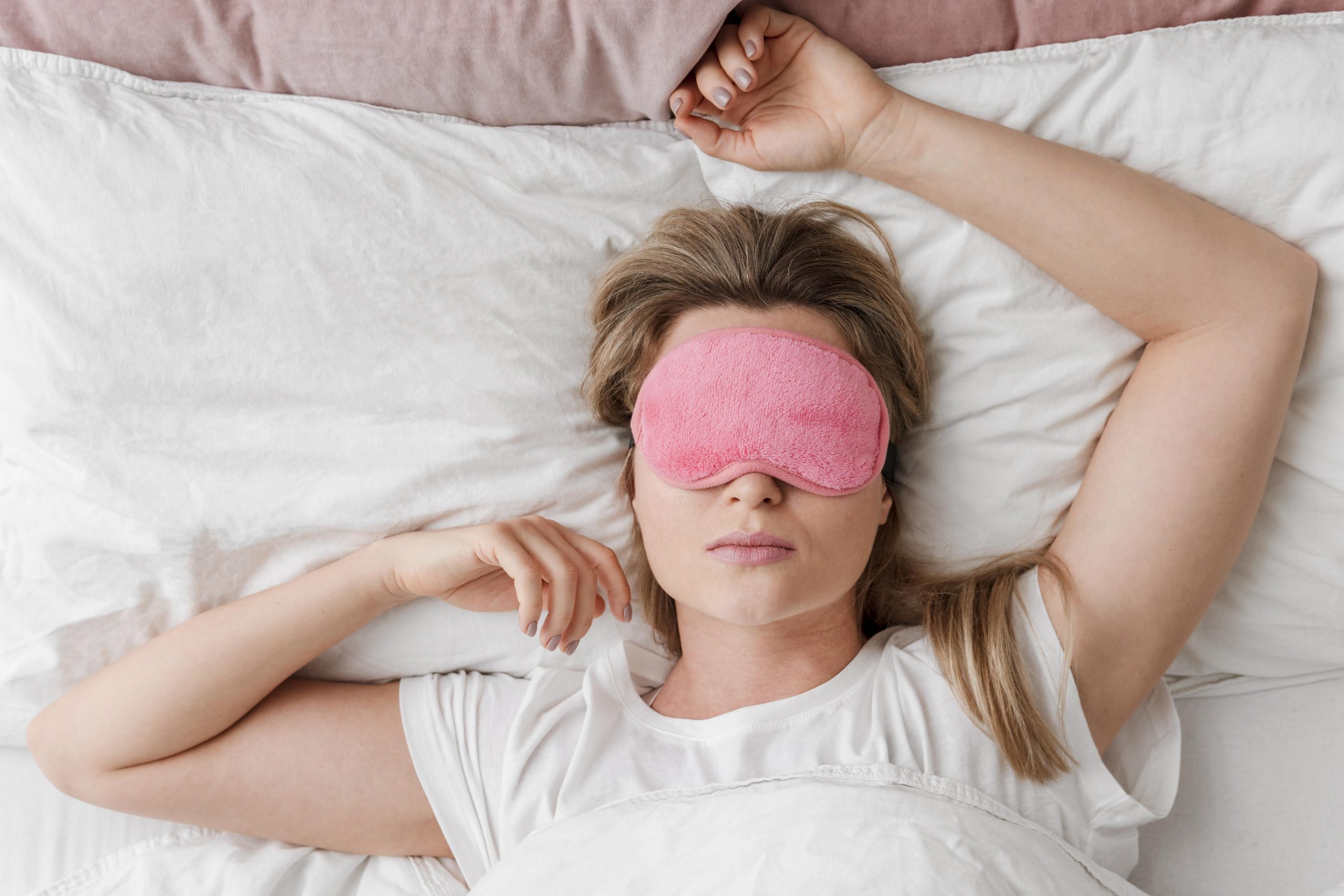The dry eye syndrome (DED) is a multifactorial inflammatory disease of the ocular surface, due to both genetic and environmental factors and associated with alterations in the tear film. I symptoms of the DED include ocular burning, foreign body sensation in the eye, blurred vision e hypersensitivity to light (photophobia). It is an extremely widespread condition, affecting millions of people worldwide, with a prevalence ranging from 5% to 50% of the population.
The dry eye syndrome can have a major impact on quality of life, reduce concentration at work and interfere with daily activities such as reading and driving. It has also been shown that DED can affect the night rest.
Dry eye syndrome and sleep disorders seem, in fact, to be bidirectionally related, influencing each other. In fact, several studies have reported how poor sleep quality is associated with dry eye syndrome, in which sleep disturbances seem to have a major impact on the symptoms of eye dryness. On the other hand, a higher prevalence of sleep disorders has been shown in patients with dry eye than in patients with other ophthalmic diseases.
Dry eye and sleep, studies
Several studies have shown that patients with DED have a shorter duration of time spent sleeping than people who do not suffer from dry eye. In particular, a prevalence of sleep disorders ranging from 15% to 64% in patients with dry eye syndrome. Patients with dry eye appear, therefore, to be one and a half times more likely to suffer from sleep disorders, which are in turn associated with a worse quality of life.
In particular, people suffering from dry eye syndrome experience a shorter duration of sleep at night than those who do not suffer from this condition and a worse quality of rest. In addition, they experience more daytime sleepinesswhich can impair the ability to pay attention in daily activities. Studies also report that if dry eye symptoms worsen, problems associated with sleeping also increase.
A recent study, which examined the effect of sleep deprivation on dry eye symptoms in healthy adult subjects, showed significant changes and imbalances in tear film composition and secretion after a night of sleep deprivation. This result was confirmed by another study, which showed that night workers, who have a rhythm altered sleep-wakefulness, are more likely to experience tear film disruption and exacerbation of dry eye syndrome symptoms.
Lack of sleep, in general, has been linked to increased sensitivity to pain and a less efficient immune system. Consequently, poor sleep can exacerbate signs and symptoms of dry eye syndrome, as sleep deprivation is implicated in the worsening of clinical signs and increased perception of discomfort and pain attributed to ocular symptoms.

Association between dry eye, lack of sleep and other pathologies
Dry eye syndrome and related sleep disorders can be caused by the presence of other pathologies or, on the contrary, exacerbate certain conditions. For example, patients with Sjögren's syndromewhich causes, among other symptoms, severe dry eyes, have a higher incidence of sleep disorders and experience an increased number of night wakings.
Dry eye at night, which can also have repercussions during the day, can also be due to a particular pathology: the nocturnal lagophthalmos, characterised by the inability to close the eyelids during sleep, affects both the symptoms of dry eye disease and the quality of sleep. On the other hand, several studies have shown that there may be an increase in the prevalence of obstructive sleep apnoea in patients with DED.
Sleep disorders related to dry eye syndrome may also be associated with the increased prevalence of depression and anxiety in DED sufferers, a correlation widely documented by many studies. In particular, a higher incidence of sleep disorders has been found to be associated with depression, anxiety, psychosis and emotional conflict.
Further studies will be needed to identify all interactions between sleep and dry eye syndrome, especially to be able to intervene in improving patients' sleep and offer support services. It is, therefore, important for the doctor to also consider the problem of sleep when managing patients with dry eye disease, as a poor sleep quality may be also linked to more serious comorbidities, including cardiovascular events.
- 1. Au NH, Mather R, To A, Malvankar-Mehta MS. Sleep outcomes associated with dry eye disease: a systematic review and meta-analysis. Can J Ophthalmol. 2019 Apr;54(2):180-189. doi: 10.1016/j.jcjo.2018.03.013. Epub 2018 Jun 7. PMID: 30975341.
- 2. Magno MS, Utheim TP, Snieder H, Hammond CJ, Vehof J. The relationship between dry eye and sleep quality. Ocul Surf. 2021 Apr;20:13-19. doi: 10.1016/j.jtos.2020.12.009. Epub 2021 Jan 6. PMID: 33421635.
- 3. Takahashi A, Negishi K, Ayaki M, Uchino M, Tsubota K. Nocturnal Lagophthalmos and Sleep Quality in Patients with Dry Eye Disease. Life (Basel). 2020 Jul 4;10(7):105. doi: 10.3390/life10070105. PMID: 32635438; PMCID: PMC7399990.
- 4. Makateb A, Torabifard H. Dry eye signs and symptoms in night-time workers. J Curr Ophthalmol. 2017 May 29;29(4):270-273. doi: 10.1016/j.joco.2017.05.003. PMID: 29270473; PMCID: PM
